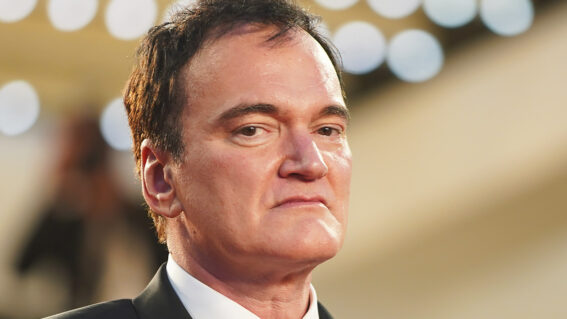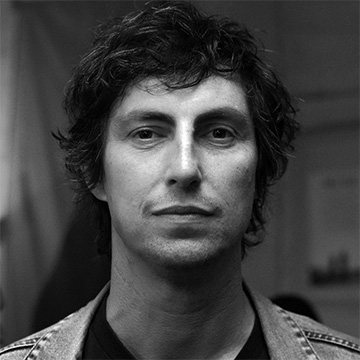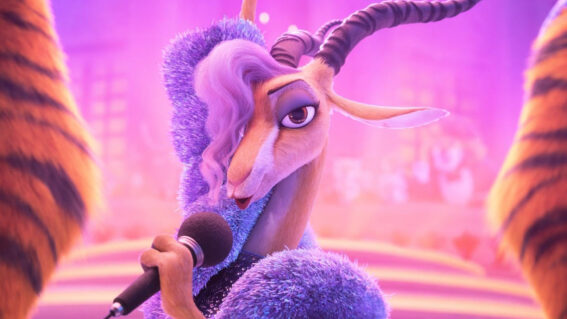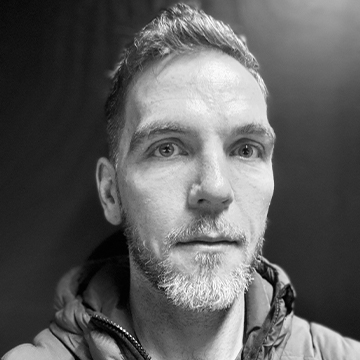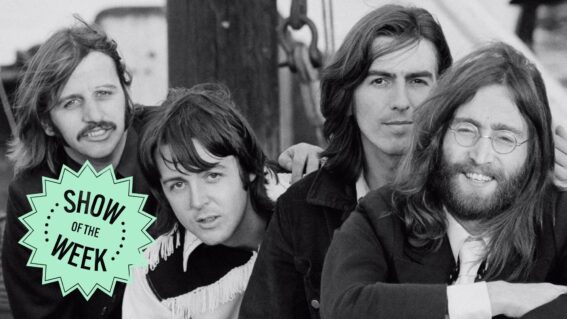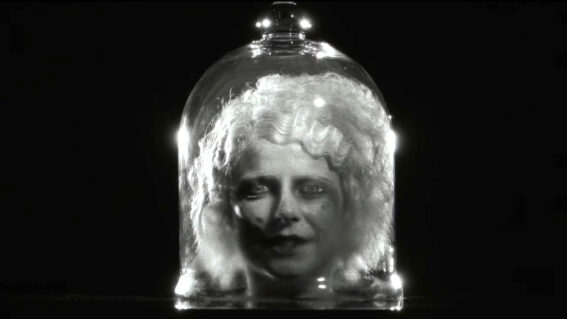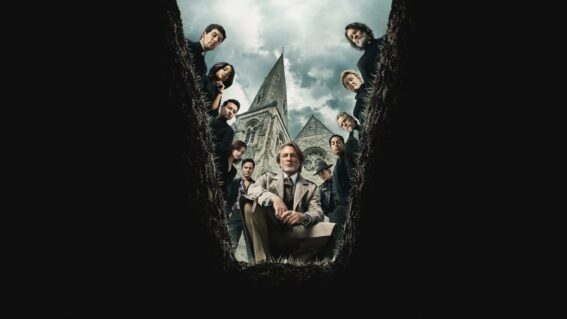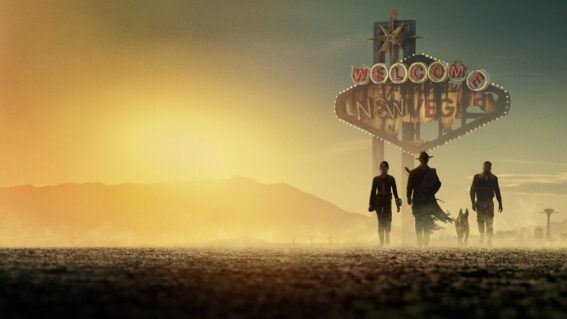How to… make an action movie
When was the last great action movie you saw? Exactly. Here’s how to fix that.
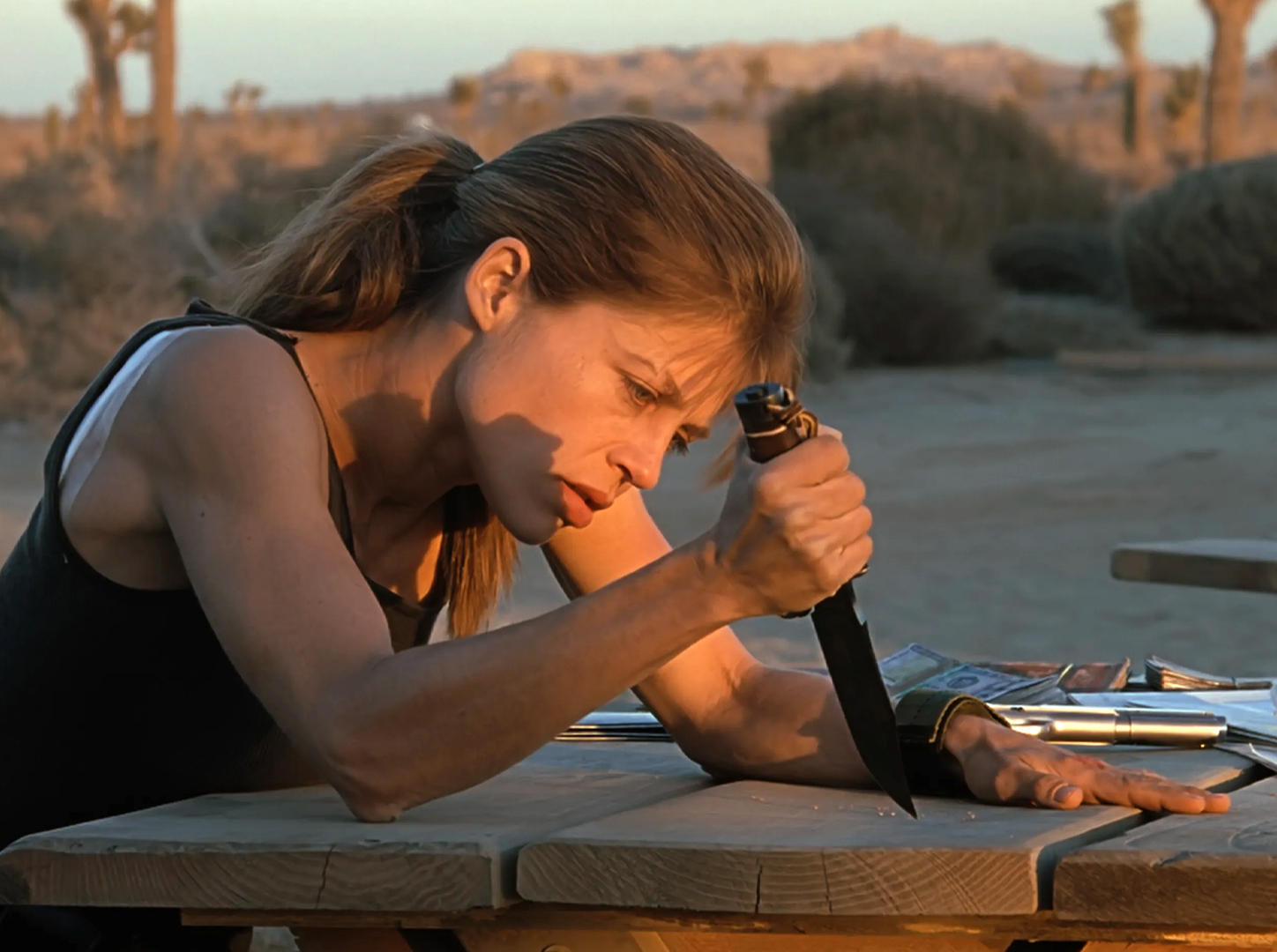
In a regular column, Matt Glasby draws on decades of experience to explore different facets of the movie biz. Glasby addresses topics we mull over daily—like How to… win an Oscar, How to… make a Bond film or, more recently (and closer to the bone), How to… be a film critic…
Here Glasby poses the question “When was the last great action movie you saw?”
Exactly. Here’s how to fix that in six not-so-easy steps.
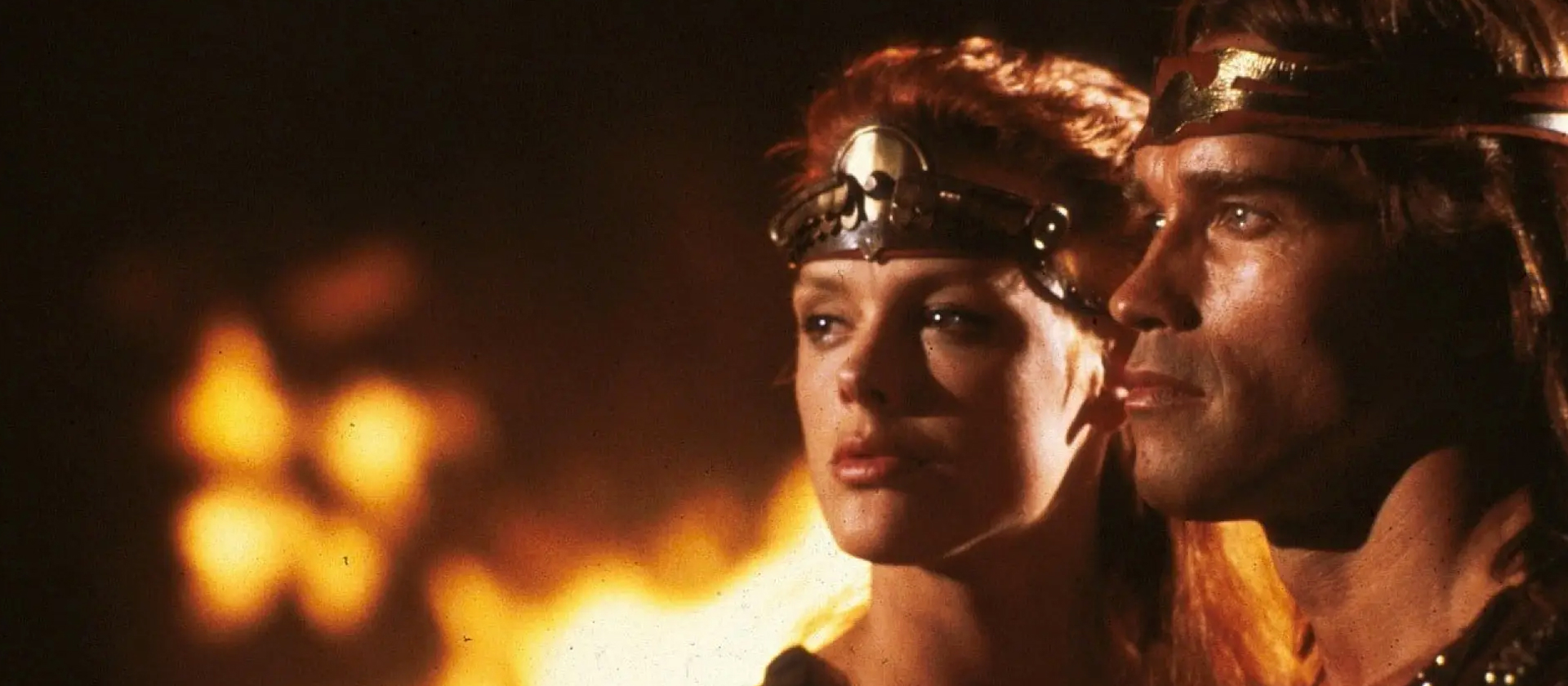
Hold out for a hero
Your hero/heroine should be tough but relatable. Back in the day, this just meant having a bloke in the right-coloured hat, but over the years, the physical expectations placed on performers have become ridiculous. Perhaps the sweet spot was the late 1980s/early 1990s when we swapped the insane brawn of Stallone/Schwarzenegger/Nielsen for the more “attainable” physiques of Willis/Reeves/Hamilton.
But all you really need is a main character who can convincingly pass as human, is really good at something (usually hurting people), and faces seemingly impossible odds. Overcompensating by giving them guns for hands or adrenaline-inhibiting poisons is computer game nonsense.

Perfect the setup
Time was, every new action movie billed itself as “Die Hard on a bus/plane/battleship”, a trend which reached its nadir with 2018’s Skyscraper, AKA “Die Hard in a building”. But there’s a deeper truth beneath the snark—your protagonist does need to be trapped somewhere—whether it’s a town (First Blood), the wilderness (Cliffhanger) or, yes, a building (The Raid)—because the genre demands containment.
If you’re wondering why nobody’s made “Die Hard in a prison” yet… they have. Check out the kickass 2009 Spanish flick Cell 211.
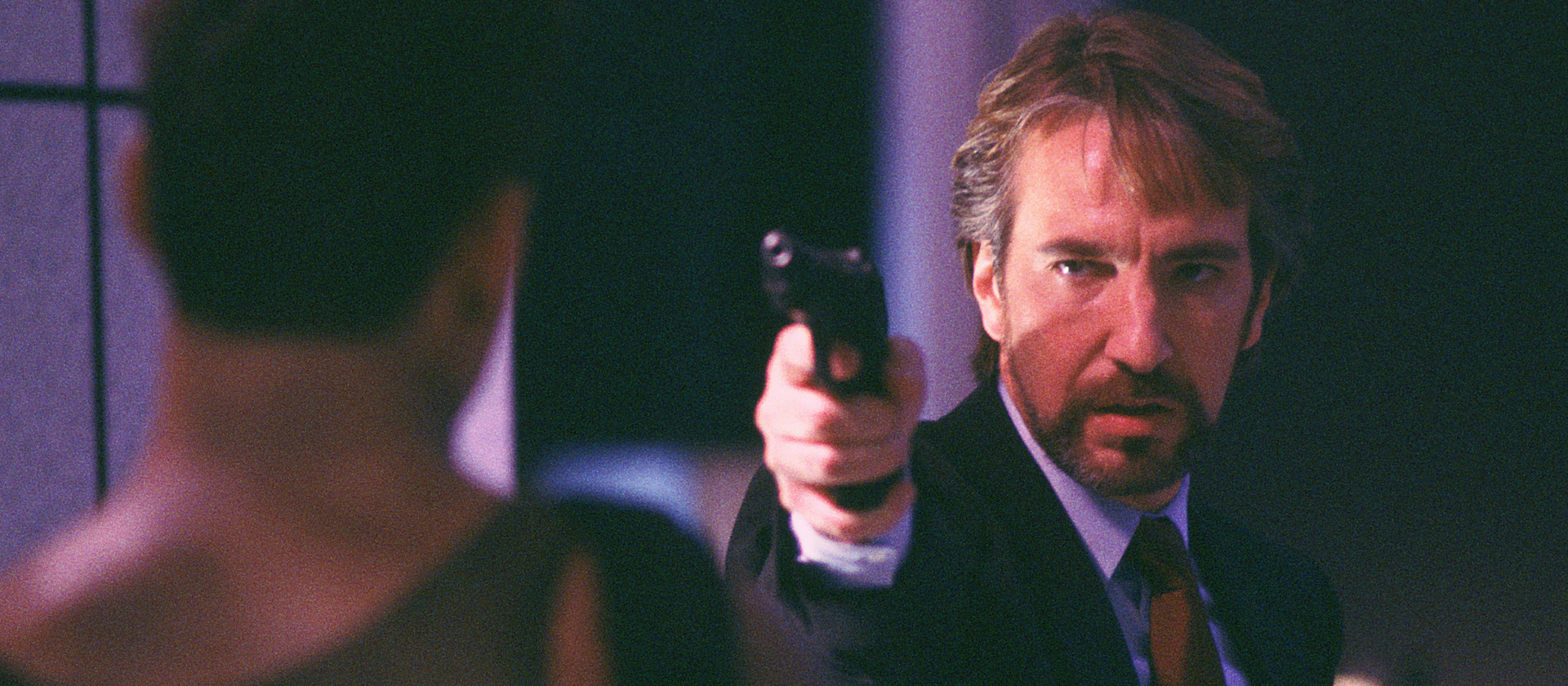
Get good at being bad
An action movie is only as good as its antagonist, so you want to aim for the giddy heights of a Hans Gruber rather than the grubby lows of a Thomas Gabriel. Who? Well, quite. They don’t need to be tough—after all, there are henchmen for that—just utterly ruthless. One cold AF example is Powers Boothe telling Jean-Claude Van Damme’s little girl, “I’m gonna kill your daddy,” in Sudden Death.
If, as here, the actor seems to be having fun, the audience might too, which is one of (many) reasons Nic Cage more than earns his fee in Face/Off. If you can get them to say the title in a trailer-friendly soundbite, all the better.
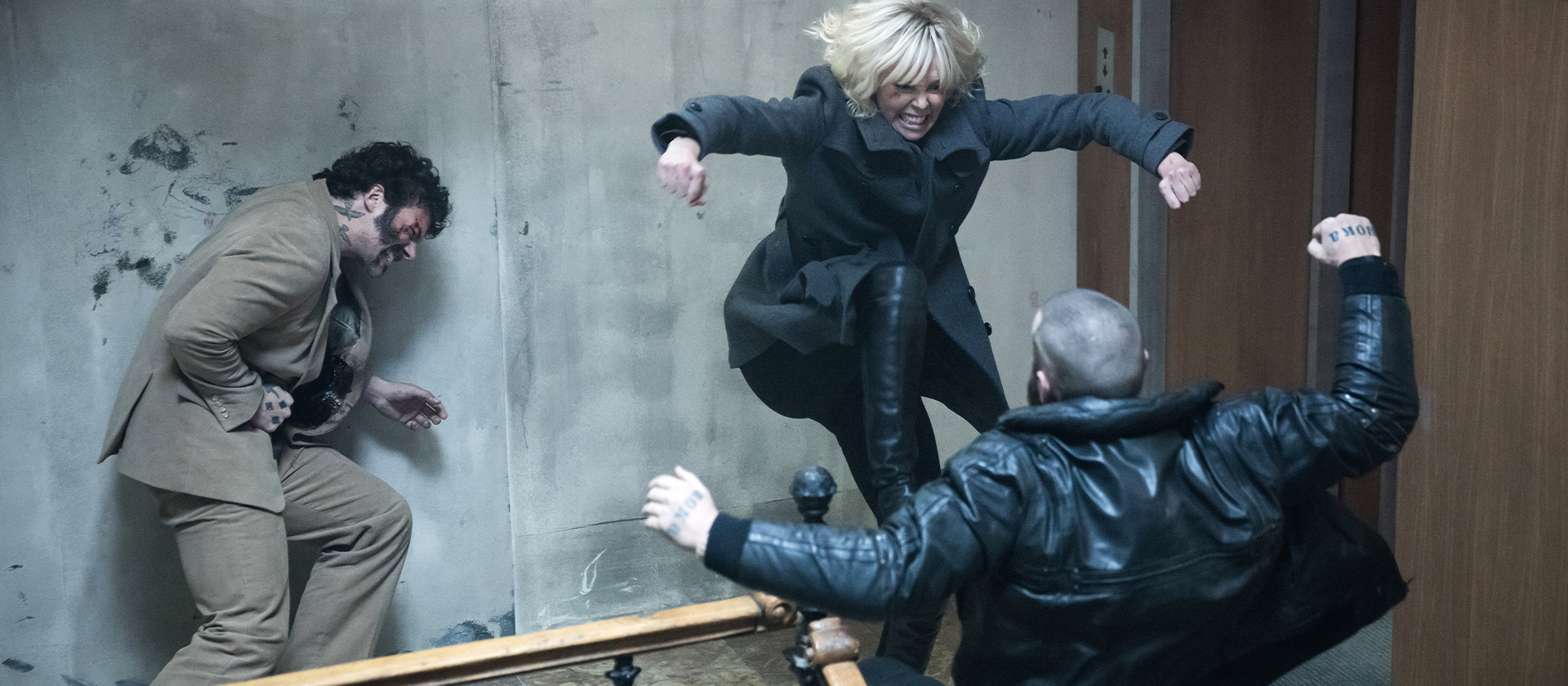
What about the women?
Most action movies seem to take place in a weird parallel universe where the women have been vaporised in a misogynist Thanos snap. But characters such as Sarah Connor and Ellen Ripley are just as memorable as any of their male counterparts, and the likes of Michelle Rodriguez and Milla Jovovich have proved their kickass credentials over and over. In recent years, attempts to start female-led franchises (Salt, Atomic Blonde, Red Sparrow, Ballerina) have largely stalled—no prizes for guessing why.
As Charlize Theron told the New York Times, “Action films with female leads don’t get green lit as much as the ones with male leads. I think the thing that always frustrates me is the fact that guys will get a free ride. When women do this and the movie maybe doesn’t hit fully, they don’t necessarily get a chance again.” Surely there’s another way?
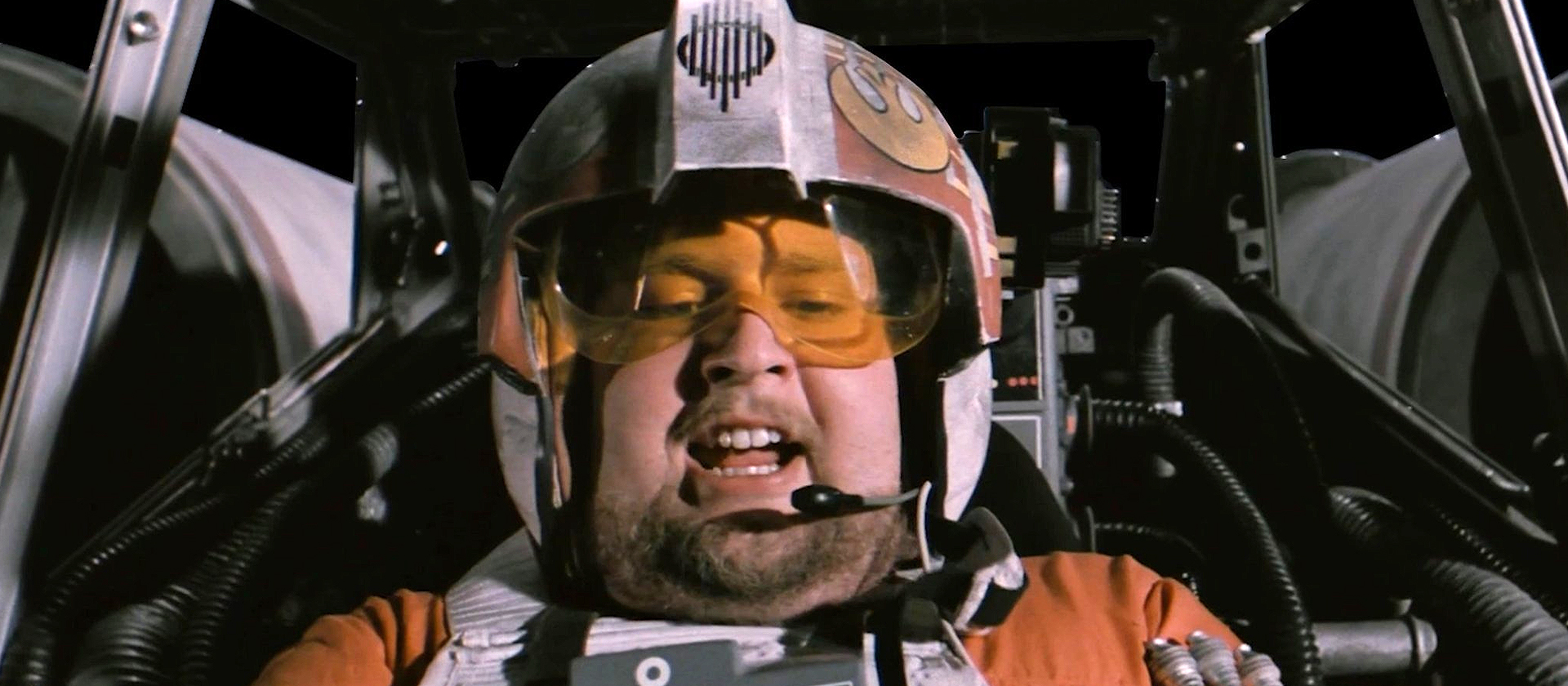
Talk the talk
The problem with most action movie dialogue is that it sounds like action movie dialogue. Often, to make it seem like the protagonist isn’t overly worried by an actually-quite-worrying turn of events, they’ll say something like, “This isn’t good!” Whereas in real life they’d just shout “FUCK!” or say nothing at all. While you can blame a lot of this on writers trying to copy the savvy stoicism of William Goldman or Shane Black, one of the biggest sources of inspiration is, oddly, George Lucas.
Though not exactly heralded for his way with words, Lucas’s canny adoption of WWII lingo in the Star Wars franchise (“He’s on my tail,” etc) has led to far too many characters talking like RAF pilots or, more to the point, people that have very much seen Star Wars.
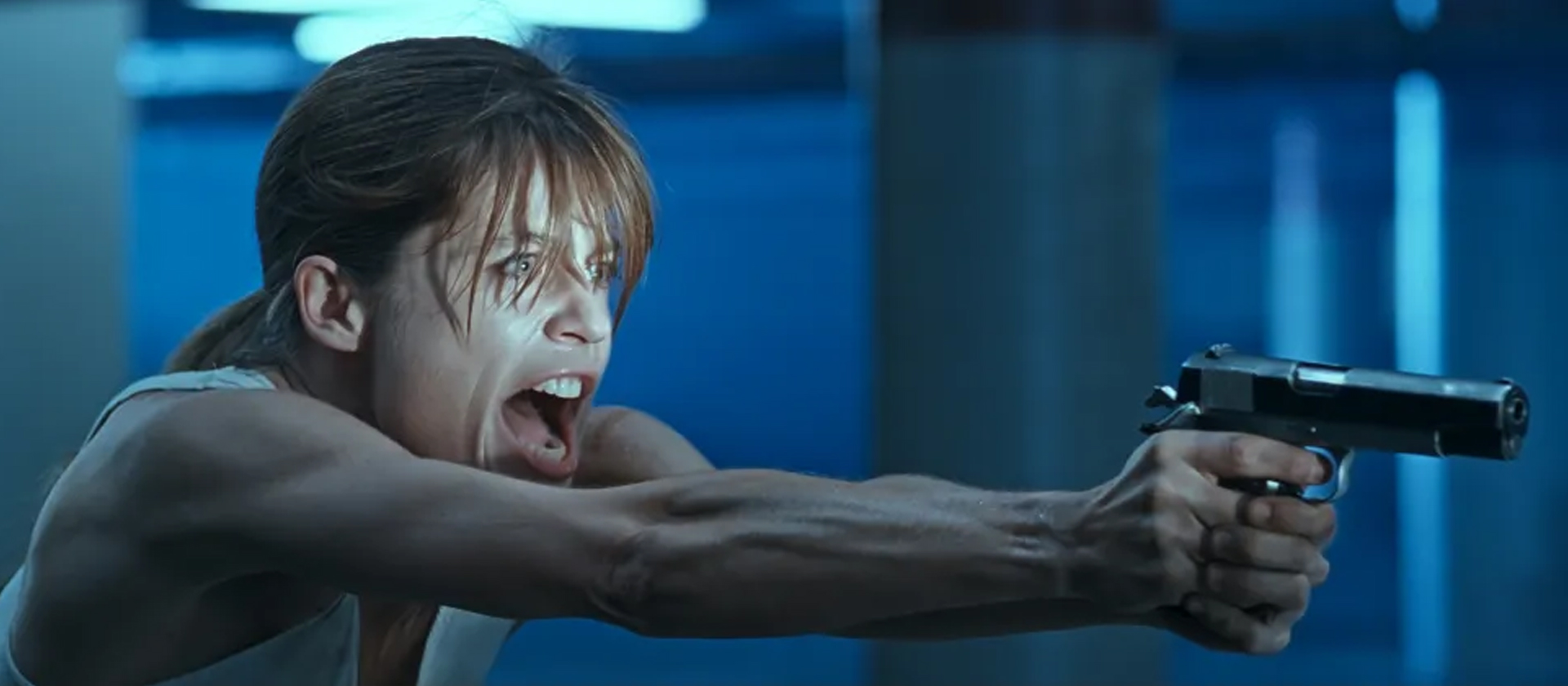
Cleave to the real
Action cinema is meant to be escapist, but you need a little bit of belief first in order to suspend it. It’s OK to play with the laws of physics, but try to bend rather than break them. And for the love of god make sure your characters reload at least some of the time.
Ultimately, when it comes to violence, you can’t have it both ways—either people get punched/stabbed/harpooned in the face and it causes real, tangible damage, or it’s all a big shiny shoot-em-up and not worth caring about. But remember, when we think of the truly great action heroes—John Rambo, John McClane, Sarah Connor—the thing that hurts most is often their feelings.





